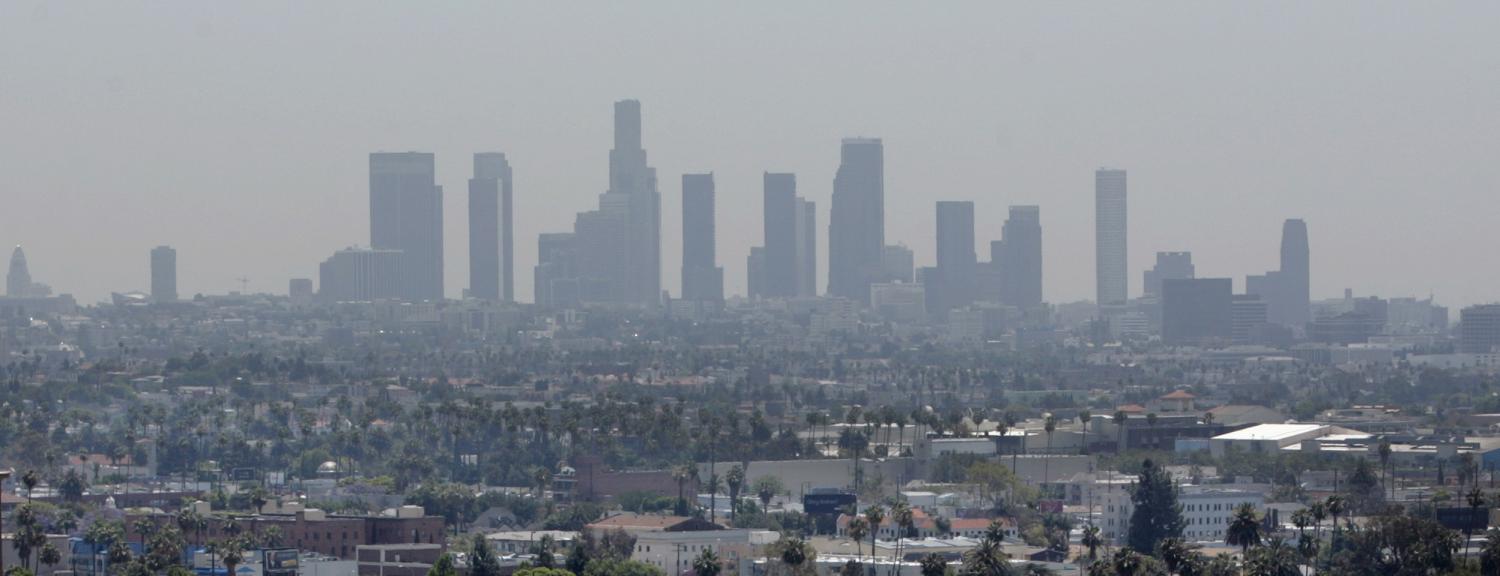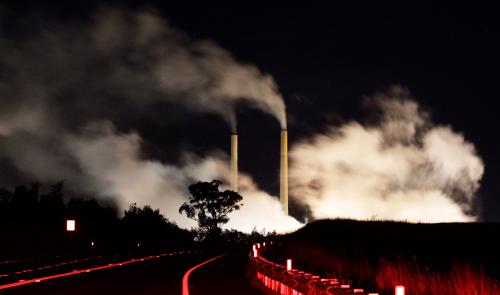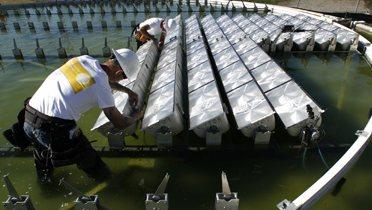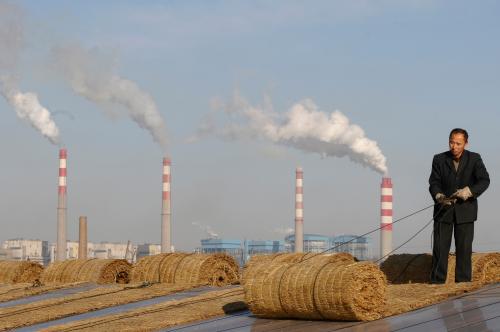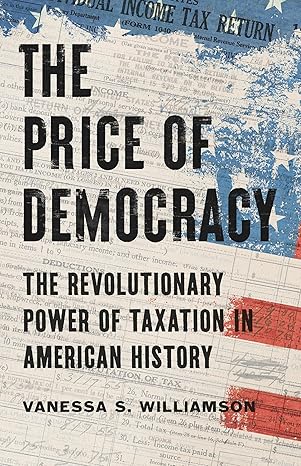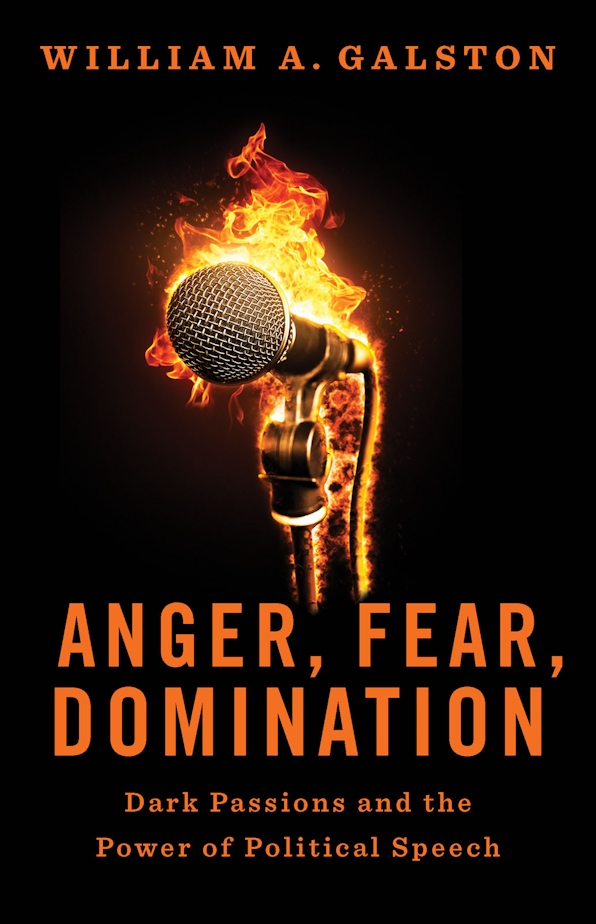I. Introduction
The U.S. Environmental Protection Agency (EPA) is exercising its authority under section 111(d) of the Clean Air Act to limit U.S. greenhouse gas (GHG) emissions from existing stationary sources, beginning with carbon dioxide (CO2) emissions from fossil-fuel fired electric generating units (EGUs, power plants, or covered sources) [1]. This comment examines the extent to which EPA’s proposed rule for existing power plants (the EPA proposal) and its existing regulations would allow states to comply with their obligations under 111(d) by adopting and enforcing carbon excise taxes. We find that although states can adopt carbon taxes to comply with 111(d) rules, EPA has inadvertently restricted how states can design their policies, precluding some of the most straightforward approaches. Accordingly, we recommend amendments that would give full flexibility to states to design policies as they see fit, provided those policies are enforceable and will achieve the applicable emissions guidelines.
We are pleased to submit these comments in response to the proposed rule entitled: “Carbon Pollution Plan for Existing Stationary Sources: Electric Utility Generating Units” (EPA-HQ-OAR-2013-0602), notice of which EPA provided in the June 18, 2014 Federal Register (79 Fed. Reg. 34830). We also respectfully submit these comments on behalf of the organizations and individuals listed below:
Carbon Tax Center
Friends of the Earth
R Street Institute
Alan Viard
We are scholars in the field of climate and energy policy with expertise in law and economics. Michael Wara is Associate Professor and Justin M. Roach, Jr. Faculty Scholar at Stanford Law School. His research focuses on the intersection of energy law, environmental law, and climate policy. Adele Morris is an economist. She is a Fellow and the Policy Director for the Climate and Energy Economics Project at the Brookings Institution. Her research includes analysis of the potential economic and environmental outcomes of carbon pricing policies. Marta Darby recently received a law degree from Stanford University.
The first section of this paper reviews the legal context of the EPA proposal and the relative roles of EPA and the states under section 111(d). In Section 2, we discuss the potential advantages to states of a tax-based compliance approach. In Section 3, we explore how, with some important constraints, the current regulations implementing section 111(d) and the EPA proposal allow states to comply by imposing an excise tax on the carbon content of fuels combusted in regulated sources. In Section 4, we recommend amendments to existing rules and the EPA proposal that would remove those constraints and give states full flexibility in how they can design their pollution tax policies. Section 5 concludes.
Background
Under section 111(d) and the EPA proposal, EPA and states share responsibility for regulating GHG emissions from covered entities. [2] ;EPA has proposed emissions guidelines that set state-specific rate-based goals for CO2 emissions from existing power plants. The standards reflect the degree of emission limitation that EPA has determined that states can achieve through the application of the “best system of emission reduction” (BSER) that, “taking into account the cost of achieving such reduction and any non-air quality health and environmental impact and energy requirements, the [EPA] Administrator determines has been adequately demonstrated.” [3]
The EPA proposal has two main elements: 1) state-specific emission goals, expressed as a limit on the number of pounds of CO2 emitted per kilowatt hour (kwh) generated (with some adjustments), and 2) guidelines for developing and designing state implementation plans that will achieve the goals. The EPA constructed four “building blocks” of potential actions to determine the state-specific emissions goals, including: improving heat-rates at high-carbon EGUs; substituting generation at high-carbon EGUs with generation from less carbon-intensive EGUs; expanding low- or zero-carbon generation; and reducing emissions by lowering demand for electricity. Compliance occurs in two phases; covered sources in each state must meet an interim target on average over the 2020-2029 period and then a final target in 2030 and thereafter.
Each state can develop an implementation and enforcement plan that it forecasts will achieve the emissions goal EPA has set for it, or states can collaborate to submit a joint compliance plan. EPA can approve, reject, or conditionally approve the plans. Each plan must detail the policies and programs that the states will use to meet their emissions goals. States must submit the plans to EPA, and EPA must approve a plan if it meets EPA’s requirements. Much as states and the federal government cooperate to achieve national ambient air quality standards under section 110 of the Clean Air Act, under 111(d) EPA sets the GHG goals and states decide how to achieve them. [4] Indeed, the EPA proposal itself states that EPA believes that this “well-established principle” from the section 110 process also “applies in the context of state plans under section 111(d).”[5]
In its proposal for existing power plants, EPA emphasizes the wide flexibility states have in how they achieve their emissions rate targets. Flexibility is important because states have very different existing emissions rates, mixes of generation technologies, costs of abatement, utility regulatory structures, and electricity demands. EPA says the agency intends to give all states “the opportunity to shape their plans as they believe appropriate for meeting the proposed CO2 goals”[6] and to allow states to use strategies that are not explicitly mentioned in any of the four building blocks in their compliance plans, including market-based trading programs. [7]
The EPA proposal specifies several acceptable flexibilities. For example, it allows states to demonstrate compliance on a multi-state basis (allowing any state’s emissions to exceed its assigned goal if it coordinates with others to make up for the difference). This accommodates the Regional Greenhouse Gas Initiative active in nine northeastern states and potentially other future multi-state cap-and-trade systems. Further, states can average emissions over the 2020-2029 period rather than complying on a year-by-year basis. In addition, states can choose to meet either an emissions rate-based target or an equivalent mass-based target. The former requires that covered sources achieve a certain emissions rate per megawatt hour of energy produced while the latter requires that they achieve a certain level of total emissions. EPA also allows states to choose how much of the responsibility for emissions reductions falls on emitting EGUs, and how much is placed on other entities, including the state itself. [8] In the EPA proposal and accompanying communications, EPA has emphasized that it wants to give states maximum flexibility in their approaches to meeting the targets the agency has set.
Footnotes
[1] Environmental Protection Agency, Carbon Pollution Plan for Existing Stationary Sources: Electric Utility Generating Units, 79 Fed. Reg. 34830 (June 18, 2014), at http://www.gpo.gov/fdsys/pkg/FR-2014-06-18/pdf/2014-13726.pdf
[2] See 42 U.S.C. § 7411(d)(1), (2). Section 111(d) applies only to emissions not otherwise regulated under Sections 110 or 112 of the Clean Air Act. Emissions for which EPA has promulgated a national ambient air quality standard (NAAQS) under section 109 are regulated under section 110. 42 U.S.C. § 7411(d)(1)(A)(i). EPA regulates hazardous pollutants under section 112. EPA has not promulgated a NAAQS for CO2 nor has it designated CO2 emissions a hazardous pollutant.
[3] 42 U.S.C. § 7411 (a)(1) and (d).
[4] See 42 U.S.C. § 7411(d)(1) (directing EPA to promulgate regulations that are “similar to” section 110 of the Clean Air Act); Train v. NRDC, 421 U.S. 60, 79 (1975) (holding that states have the authority under section 110 to propose source-specific emissions limitations); Michigan v. EPA, 213 F.3d 663, 688 (D.C. Cir. 2000) (finding that EPA’s NOx Budget Program, promulgated under section 110, did not impermissibly limit state discretion because “states remain[ed] free to implement other ‘cost-effective’ or ‘reasonably cost-effective’ measures” other than those identified by EPA); Virginia v. EPA, 108 F.3d 1397, 1410 (D.C. Cir.), modified on other grounds, 116 F.3d 499 (D.C. Cir. 1997) (EPA cannot condition approval of state plans on the adoption of specific control measures).
[5] EPA, Carbon Pollution Plan for Existing Stationary Sources: Electric Utility Generating Units, 79 Fed. Reg., 34879.
[6] EPA, Carbon Pollution Plan for Existing Stationary Sources: Electric Utility Generating Units, 79 Fed. Reg., 34834.
[7] EPA, Carbon Pollution Plan for Existing Stationary Sources: Electric Utility Generating Units, 79 Fed. Reg., 34837.
The Brookings Institution is committed to quality, independence, and impact.
We are supported by a diverse array of funders. In line with our values and policies, each Brookings publication represents the sole views of its author(s).


